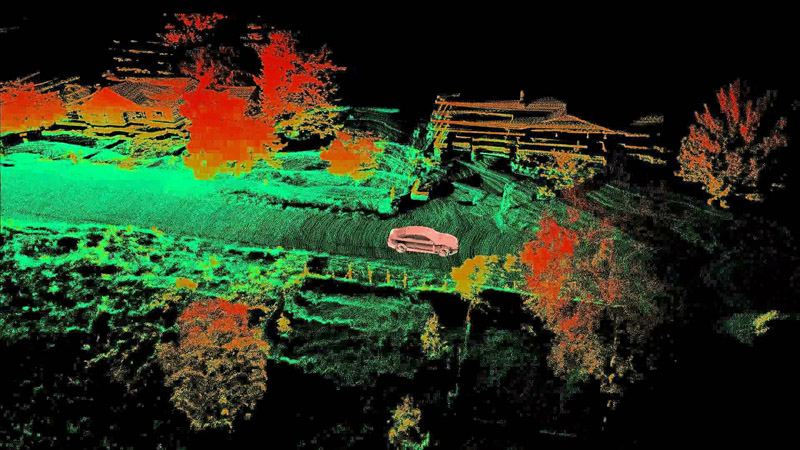This market research report was originally published at the Yole Group’s website. It is reprinted here with the permission of the Yole Group.
Twice a month, Yole SystemPlus analysts share the noteworthy points from their automotive Teardown Tracks. Today, Benjamin Pussat, Technology & Cost Analyst at Yole SystemPlus, takes us to the heart of LiDAR (Light Detection And Ranging) systems for mass-produced cars.
With higher resolution sensors and more powerful processing capabilities, next generation LiDARs are close to raising the automated driving speed limit from 60 km/h to 130 km/h on highways. Further down the roadmap, automated driving is planned for on- and off-ramps, then on county roads and finally in cities. On the market landscape there are two camps: the Chinese OEMs and the others. Chinese car manufacturers are pulling the strings with more and more embedded sensors and over-the-air updates. This has a tremendous impact on mapping of the LiDARs ecosystem. While Valeo was the uncontested leader on the market between 2018 and 2021, a smoother distribution is observed in 2022. Valeo, closely followed by Hesai Technology, RoboSense and Livox, is pipped at the post by Innovusion. According to Yole Intelligence, this fast-moving market could see Hesai Technology and RoboSense reach the first steps of the podium in 2023.
Yole Intelligence and Yole SystemPlus are part of Yole Group.
Highlights from Yole SystemPlus Teardown Tracks
The short-range LiDAR, launched in 2016, uses a relatively basic technology with a simple architecture. Processing does not require significant power, but rather high speed. These systems, designed for emergency braking assist at a distance of less than 30 m, are outdated and cannot fulfill current eyes-off application requirements.

Made famous by Valeo Scala models, some 3D laser scanners use a much more elaborate technology based on a rotating mirror. Despite being the bulkiest scanners, the integration of the electronic boards and optical system is astonishingly well optimized. Also part of the hybrid solid-state LiDAR category, other systems integrate a MEMS mirror. The RoboSense M1, with five embedded optical modules placed below the MEMS mirror, required a high level of technicity for the alignment of the modules and overall integration. Both rotating mirror and MEMS-based technologies can provide a distance range of up to 200 m. With the Valeo Scala gen 1 as a reference, a cost analysis shows that the manufacturing cost is increased by 1.6 for the Scala gen 2 and 2.7 for the RoboSense M1.

In the fully solid-state category, the Flash LiDAR from Continental is the only one that has been commercialized so far. This system is limited to small distances of less than 50 m. It also shows a high level of integration.

Stay tuned for our next What’s in the box? review dedicated to radar technologies!
Related article
Compact enough to be integrated into the cabin of a car – such as within the windshield – Velodyne’s Velarray H800 is the first lidar system that integrates two illumination modules for both short- and long-range measurements in the same unit.
Launched in 2020, the H800 combines velodyne’s micro-lidar array (MLA) with a VCSEL-based near illumination module to cover distances from 10 centimetres to 200 metres – all within a device measuring just 180 x 55 x 90mm and marketed at $500. This achievement demands cutting edge innovation and clever integration, which Yole Group experts explore in their latest report.
Therefore, this article is based on the latest LiDAR analysis proposed by Yole SystemPlus, part of Yole Group: Velodyne Short and Long Range Lidar with VCSEL and EEL…
Yole SystemPlus Teardown Tracks are the result of detailed physical and costing analyses. They are carried out by experts with academic and industrial backgrounds in the semiconductor domain. Yole SystemPlus Teardown Tracks offer a clear and fruitful understanding of the technical choices made by the leading manufacturers. It also reveals accurate insights related to manufacturing costs.
The company covers the overall supply chain from the components to the system. Based on daily technical and industrial monitoring, Yole SystemPlus has significant expertise to support innovation.


